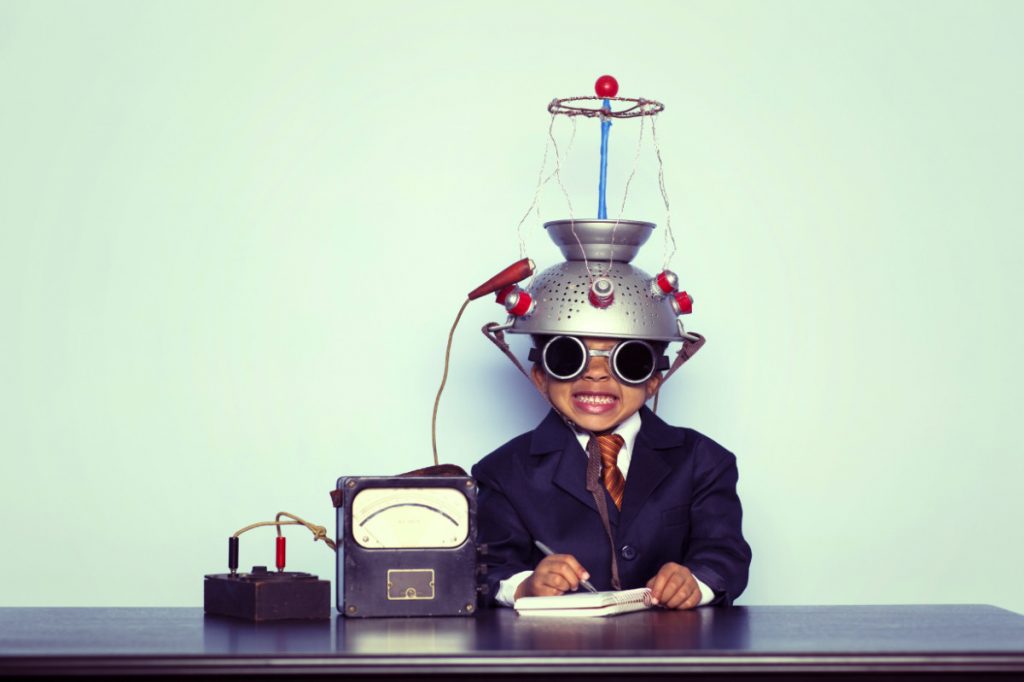Struggling to hear the TV?

Are you still struggling to hear the TV even with subtitles and are you turning it up all the time? An Assistive Listening Device might be the solution for you.
What are Assistive Listening Devices (ALDs)?
Assistive listening devices are designed to provide assistance in specific listening situations and can be used with or without hearing aids. These listening situations can include:
- Hearing the TV
- Listening in noisy environments
- In group situations (including restaurants, meetings)
- In meetings where the speaker is at a distance
- Hearing the doorbell
ALDs are easy to manage as they are larger and have bigger control buttons than hearing aids. Several types of ALDs are available to assist with communication, such as:
- Personal amplifiers that have a microphone pointed towards the sound source, and headphones to listen to that sound. These are useful for listening in noisy and group situations.
- Alert systems use amplified sounds, visual cues, and vibration to alert you to sounds in your environment. For example, flashing doorbells and vibrating alarm clocks can assist with your daily activities.
- TV devices that connect either headphones or hearing aids directly to the TV so that you can hear the TV clearly. Anyone else listening at the same time can adjust the volume to their preferred levels without interfering with your listening experience.
People with a mild loss may find that they hear well enough for daily activities, or aren’t ready for hearing aids, but family members complain about the TV volume. In these situations, an ALD, such as a wireless TV headset that transmits sound directly from the TV to the headphones, can allow you and your loved ones to enjoy the TV at your preferred levels.
If you do have hearing aids and the TV still doesn’t sound very clear, most hearing aid manufacturers have a TV adaptor that streams directly from the TV to the hearing aids while still allowing you to hear surrounding sounds. This way, you can hear your family members and the TV show at the same time.
These are just a few suggestions that may help you with your communication goals. If you would like to discuss further details, we are always happy to have a chat.
Karen Greenhalgh
Clinical Audiologist | Director
Shout Hearing Healthcare
